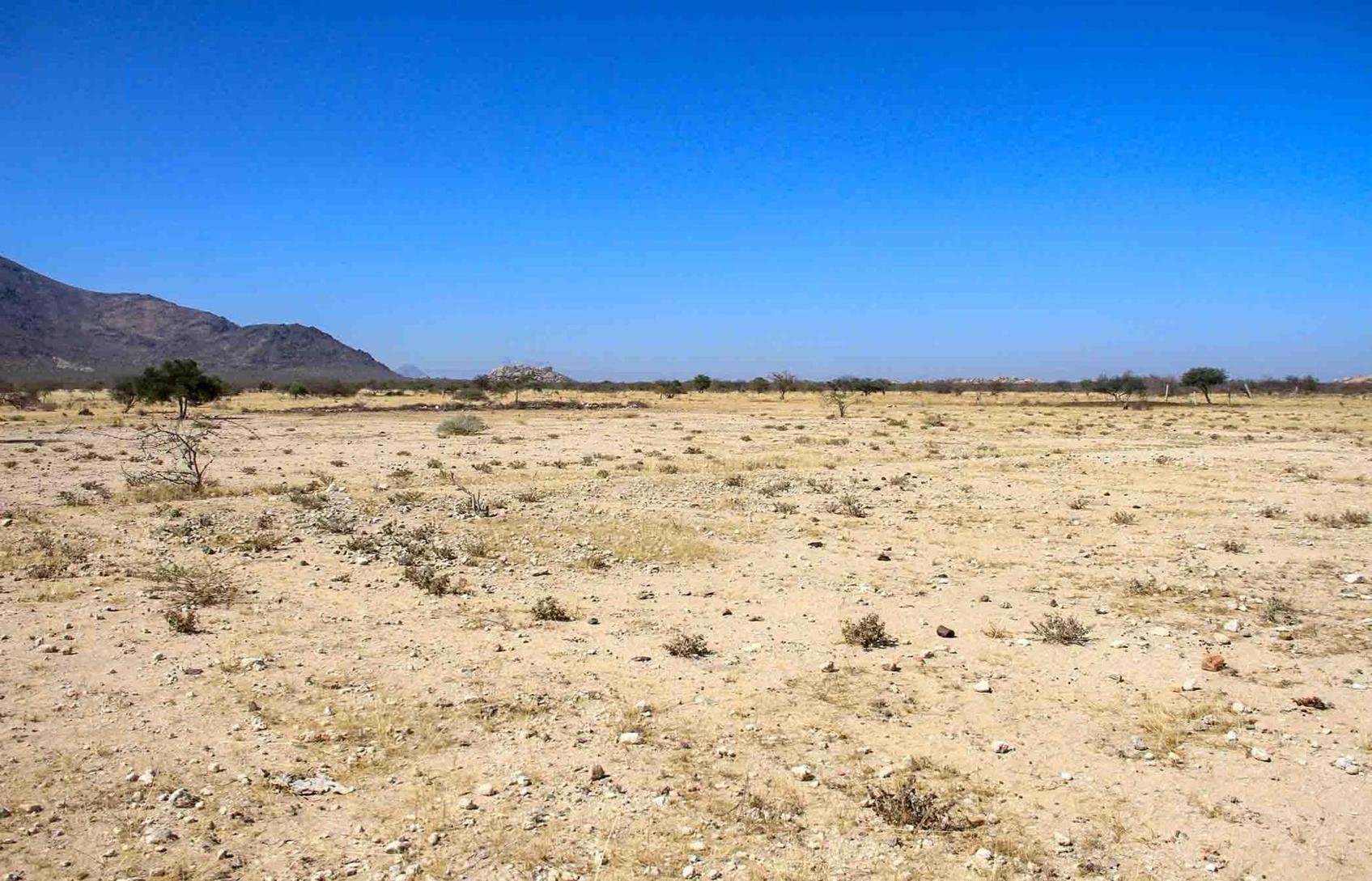Africa-Press – Angola. The environmentalist, Silvano Levi, defended, in Lubango, Huíla province, the need for Angola to promote studies on the Namib and Kalahari deserts, in order to obtain information related to their spread in the national territory, with a view to mitigating the environmental impact of the phenomenon.
The Namib Desert occupies an area of 50 thousand square kilometers, covering a length of 1,600 kilometers. It is distributed between the south of Angola and Namibia. Its east-west width varies between 50 and 160 kilometers. It is considered the oldest desert in the world, due to its aridity due to the descent of dry air cooled by the cold Benguela current that passes off the coast of Namibia.
The Kalahari Desert is approximately 930 thousand square kilometers and is considered the fifth largest desert in the world and the second in Africa, after the Sahara Desert. It is located in southern Africa, occupying parts of the territory of South Africa, Namibia and Botswana. Currently developing for Angola and Zambia.
The expert stated that it is necessary to call in geologists to provide a contextualization in relation to where the Kalahari desert is developing for the national territory, as well as the Namibe desert for the interior of Angola.
He mentioned that studies on the need to obtain information related to the evolution of the two deserts are important, as any phenomenon in nature, especially desert ones, which are linked to climate and geological dynamics always has an evolution factor over time. of time.
Hence, scientific research must be carried out focused on one focus, to assess the evolution of phenomena before producing complicated events that are difficult to mitigate.
He said that the referential notability, according to a study of the signs of the Kalahari desert in Angola, was mirrored in 1939 in a work “Carta Fitogeográfica de Angola”, which contextualizes that between “Humbe and Vila Pereira de Eça”, currently the municipality of Xangongo the superficial deposition of sands similar to those of the Kalahari was verified.
“It is in this context that I draw attention to the continuation of studies, in order to assess information related to the concern that the two deserts must be influencing the induction of climate change on a regional and local scale in the country”, he reinforced.
Huíla with soils “gaining” desert characteristics
Silvano Levi reported that there is evidence of worn-out soils in Huíla influenced by the presence of the desert’s characteristic flora and this also requires studies, which must be highlighted and financed by the Government.
He declared that these were parts of the territories of the municipalities of Quilengues, Humpata and Gambos that present changes in their climatic factors, including soil and flora, affecting precipitation to some extent.
“In these areas, the record of winds in various directions leads to the transport of sediments, causing erosion, which provides evidence of geological craters. In these areas, high temperatures are noted and the exodus of climate refugees today has seen an increase in the mobility of people and their livestock to areas with better conditions,” he explained.
To remedy the situation, according to the environmentalist, the use of structuring measures and dialogue in communities are necessary, as well as including traditional authorities in discussions, so that they can be agents of change in the face of causes and effects.
The specialist also advanced the importance of community consultation and consultation in the process and that hydraulic engineering works consider community planning as part of the ideas created with measurable indicators from the point of view of affecting citizens’ lives.
He recalled that the roles of reforestation and environmental repopulation are part of communities, but people have to take care of their maintenance, as plants play an important role in the evolution of climate change factors.
For the academic, climate remediation situations are sensitive, as they come from the natural phenomenon itself and man is a driver who makes things happen, for better or for worse, because he needs to derive sustainable economic and social development from this. more pronounced immediately.
For More News And Analysis About Angola Follow Africa-Press






